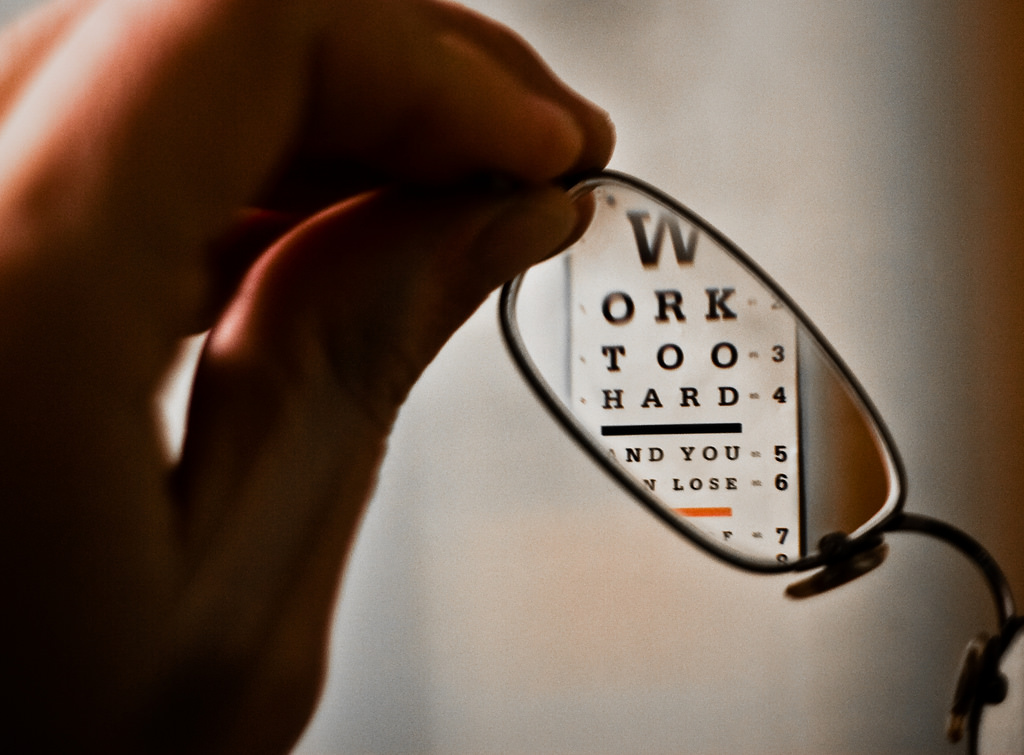Can being preoccupied or absorbed affect our senses?
A new study published in the Journal of Neuroscience by UCL reports that deep attention on a visual task can momentarily make one “deaf” to normal level sound. Brain scans of 13 volunteers revealed that people engaged in a challenging visual task exhibited reduced brain responses to sound and even failed to identify clearly audible sounds. They, however, detected the sounds when the task on hand was an easy one.
Many researchers have been studying this interesting phenomena. But this new study is the first time that the brain activity was measured with the help of MEG (magnetoencephalography), a brain imaging technique that makes use of magnets to measure brain activity to millisecond resolution. MEG allowed scientists at UCL to study effects driven by brain mechanisms at an early phase of auditory processing and pinpoint what results in this experience of “deafness” to sounds.
Image Source: Monty Rakusen
“This was an experimental lab study which is one of the ways that we can establish cause and effect. We found that when volunteers were performing the demanding visual task, they were unable to hear sounds that they would normally hear,” explains study co-author Dr Maria Chait (UCL Ear Institute). “The brain scans showed that people were not only ignoring or filtering out the sounds, they were not actually hearing them in the first place.” This phenomenon is supposedly due to our auditory and visual systems sharing a limited resource of neurons; when one system is using the resource, the other cannot as effectively.
Is this “inattentional deafness” an everyday occurrence then?
“Inattentional deafness is a common experience in everyday life, and now we know why,” says co-author Professor Nilli Lavie (UCL Institute of Cognitive Neuroscience), “For example, if you speak to someone who is reading a book or watching TV, you might get ignored as they simply cannot hear you! This is okay if you miss the stop or don’t hear the train when travelling, but could have more grave consequences if a surgeon focused on the surgery does not hear the equipment beeping or if drivers or cyclists concentrate on passersby or other distractions on the road.”
Image Source: Marili Forastieri
What are the implications of inattentional deafness to our modern life?
Loud noises sometimes pierce this veil of inattentional deafness, but softer sounds like bicycle bells or car engines can go unheard. Today, more than ever, with the constant use of cell phones, text messaging while walking, and MP3 players and other distracting gadgets, we are more prone to inattentional deafness, leading to accidents or other disasters. Thus, further research on this study and public awareness are needed to help bring about a change in attitudes regarding this sensitive and little-known issue.
Feature Image Source: 14 More Days by Chris Martino










